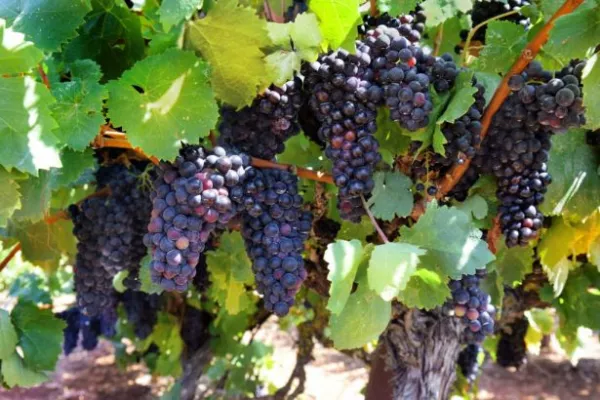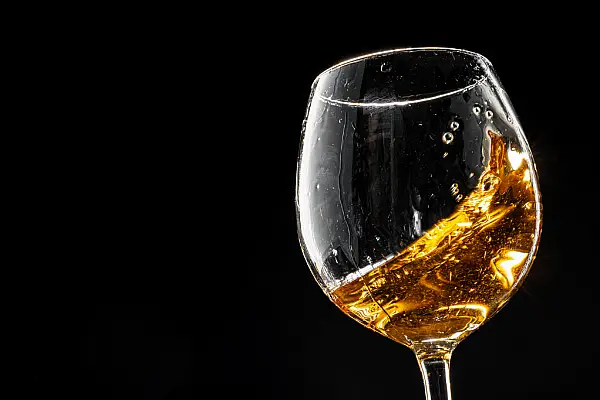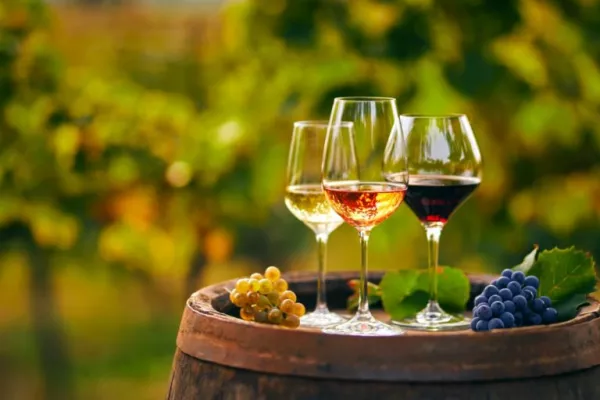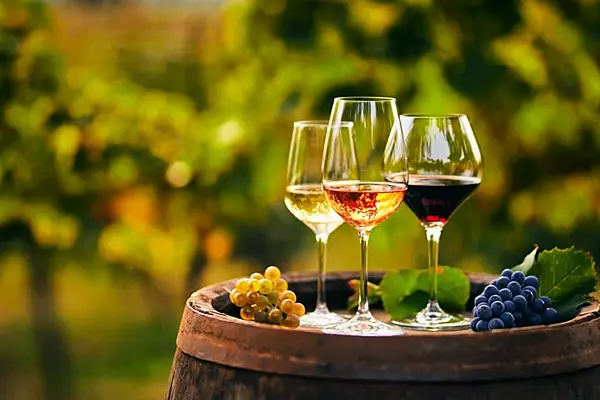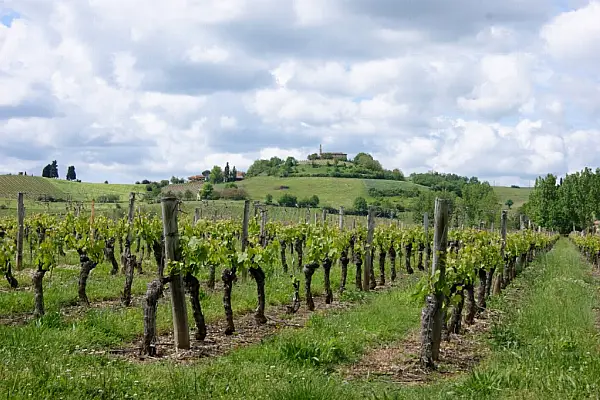Organic wine production grew by 295% in Europe and 280% in the world between 2004 and 2015, according to a recent study.
The data forms part of a Wine Monitor Nomisma analysis for Ice-Federbio, announced during the Vinitaly 2017 exhibition, which found that European organic viticulture (293,000 hectares) accounts for 88% of total global organic vineyard area.
Against this backdrop, Italy (83,000 hectares) has the highest organic vineyard-area ratio – 11.9% of its cultivated vines are organic – followed by Austria, with 11.7%, and Spain, with 10.2%.
Last year, organic wine sales in Italy reached €11.5 million in the grocery-retail channel, recording 51% growth, compared to 2015 (compared to a tepid +1% of wine sales in general). Organic wine accounts for 0.7% of total wine sales in the country.
The organic wines most appreciated by Italian consumers, according to Nielsen, are: red wine (57% of organic-wine sales in the grocery-retail channel, up 42%, compared to 2015), white wine, growing at an even higher rate (+93%), and sparkling wines (+59%). Prosecco was still the best-selling organic wine in supermarkets in 2016 (17% of the sales value therein).
The Ice-Nomisma survey found that 25% of the population aged 18-65 years (approximately 12 million people) had at least one opportunity to sample organic wine last year.
© 2017 European Supermarket Magazine – Article by Branislav Pekic.
